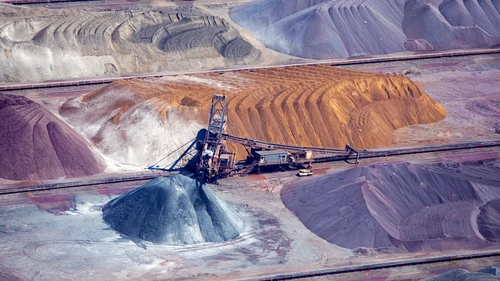Why have oil prices plunged?
- There are two reasons why oil prices have collapsed. The oil market has been hit by two shocks at the same time – the coronavirus pandemic on the demand side and the price war between Saudi Arabia and Russia on the supply side.
When a market is hit on two fronts simultaneously, it’s more difficult to recover.
First, oil prices plunged following a historical collapse in demand for oil. During the coronavirus pandemic a lot of aircraft have been grounded and about 1 billion people have been affected by the travel restrictions. This more or less wiped out about 30 per cent of global demand for oil in the course of a few weeks in March. We’ve never experienced anything like it.
Will lower oil prices not trigger an increase in consumption?
- That hasn’t happened this time. Lower oil prices are normally an incentive to increase the consumption of oil products such as petrol and diesel. But as transportation accounts for 60 per cent of the world’s oil consumption and most aircraft are grounded and more than 1 billion people are affected by lockdown, quarantine and isolation, price signals have not stimulated demand. People quite simply cannot travel even though prices are lower.
However, global demand for oil is expected to pick up unless the world economy slides into a deep recession. As we gain control over the coronavirus pandemic and the economies gradually start to reopen, the need for energy will return. Activity has already increased in China, and several European countries and US states have begun to plan for the coming reopening.
But it is nevertheless being debated whether the pandemic could have more permanent consequences for global oil demand. Our travel patterns and use of digital communication may have changed for good, which could mean that global oil consumption will never return to the pre-pandemic level of about 100bn barrels per day prevailing in early 2020.
Could Russia and Saudi Arabia have a common interest in lowering the production of US shale oil, as producers of shale oil rely on comparatively high oil prices to achieve profitability? Or is it “everybody’s war against everybody” at the moment?
- While the pandemic rapidly spread from China to other major oil-consuming regions such as Europe and the US, a price war broke out between two of the world's leading oil producers – Russia and Saudi Arabia.
And the conflict seems to be rooted in a more permanent shift in the competitive situation in the oil market.
The price war started when Russia left the OPEC+ cooperation that was launched in December 2016. After the oil crisis in 2014 and the two following years, OPEC was forced to ask for outside help to cut oil production enough to restore balance in the market and secure higher prices. The coordinated production cut was successful in raising oil prices. But the problem for OPEC+ was that it prompted a rapid rise in the output of shale oil in the US. In March 2020 Russia therefore declined to participate in an additional output cut as this would strengthen US dominance in the market. Saudi Arabia responded by turning up the taps and lowering prices towards Asian customers.



